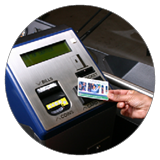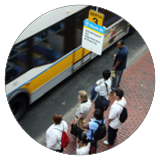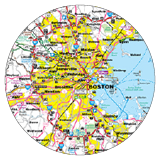
Last fall, the Boston Planning and Development Agency (BPDA) forecasted that the proposed 161-acre Suffolk Downs Redevelopment project in East Boston and Revere would generate 72,316 new average daily vehicle trips at full build-out. The BPDA-approved Master Plan (for the Boston portion of the site) shows that the project (as currently proposed) would include up to 6,760 new parking spaces to accommodate those trips. To mitigate the effects of these increased driving trips and parking availability, Suffolk Downs developers are required to enter into a “Transportation Access Plan Agreement” with the city, holding them accountable to limit the number of vehicle trips...

 The Boston Region MPO (MPO) recently created a
The Boston Region MPO (MPO) recently created a 

